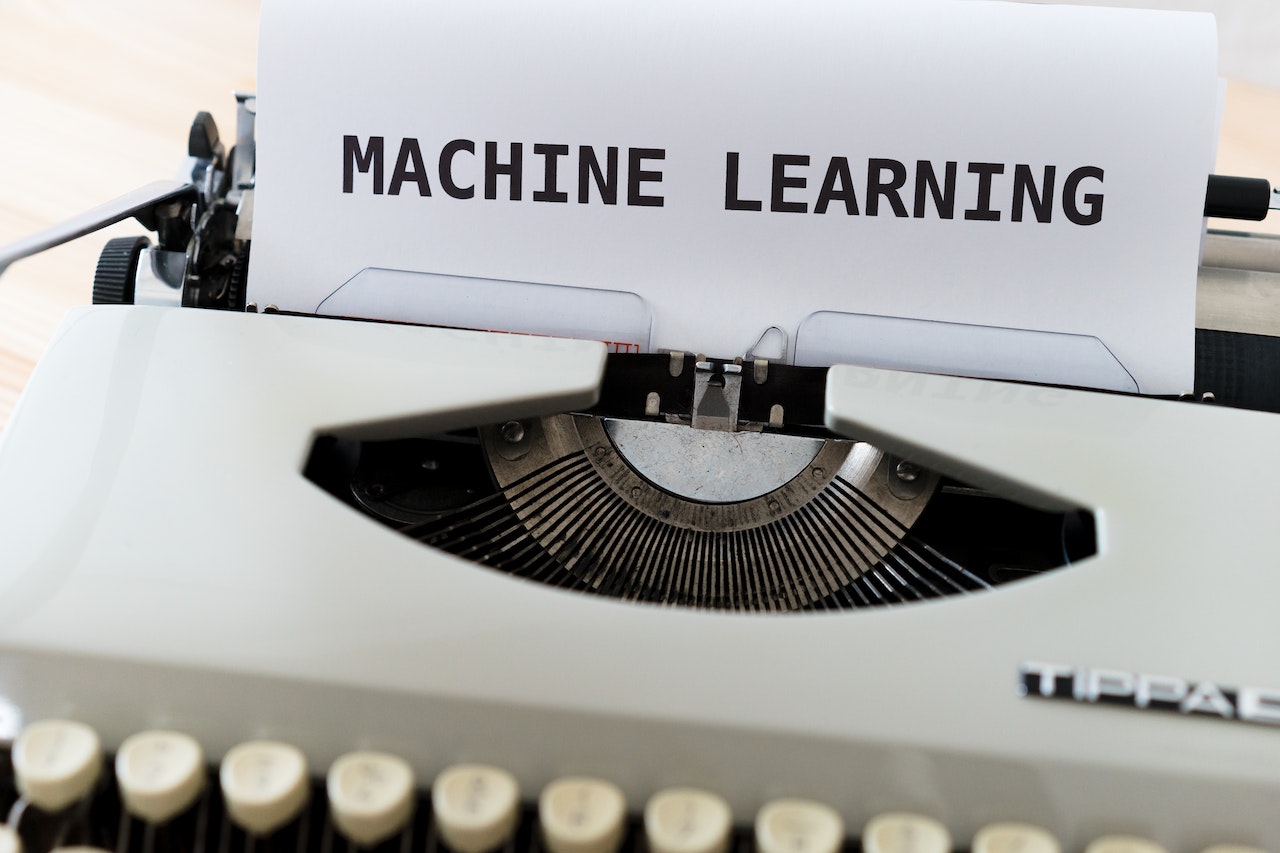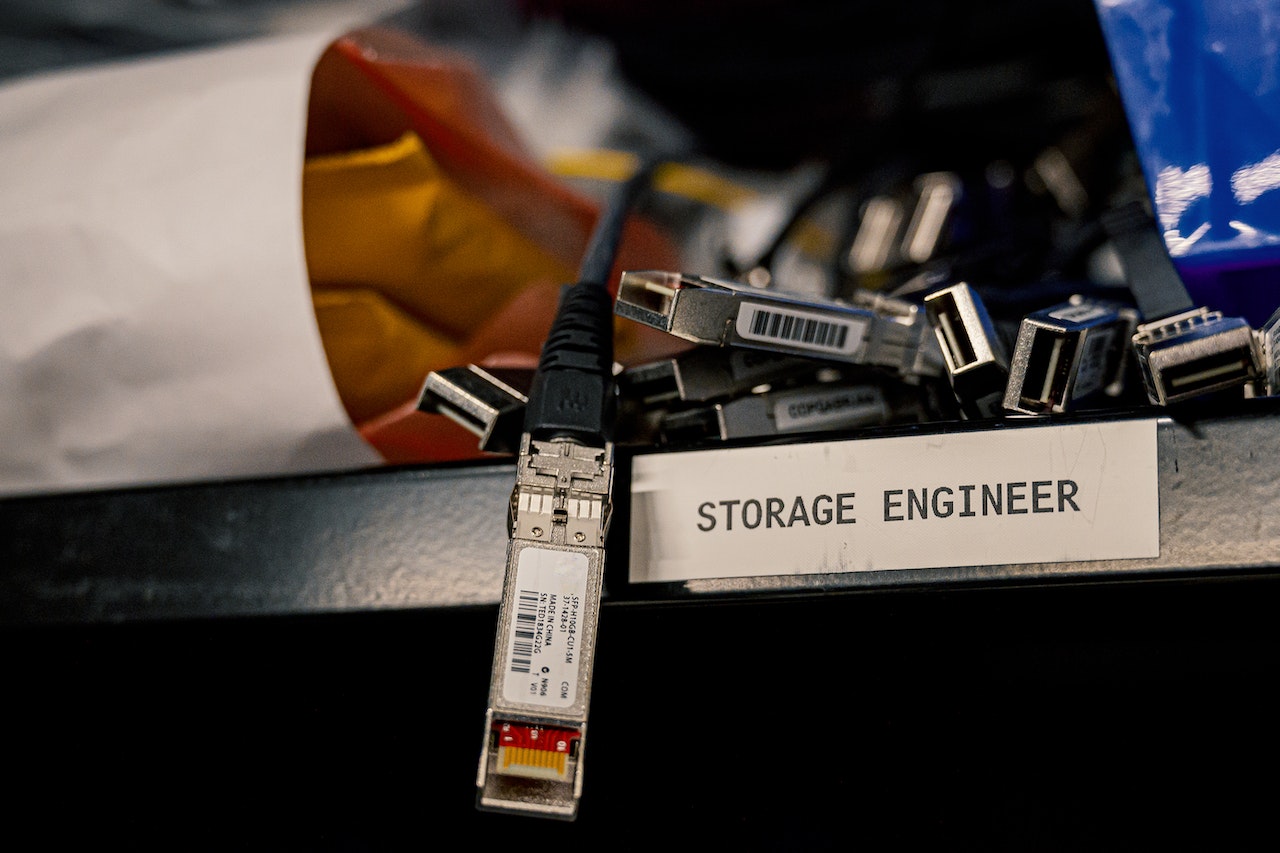Was ist Unsupervised Learning?
Published
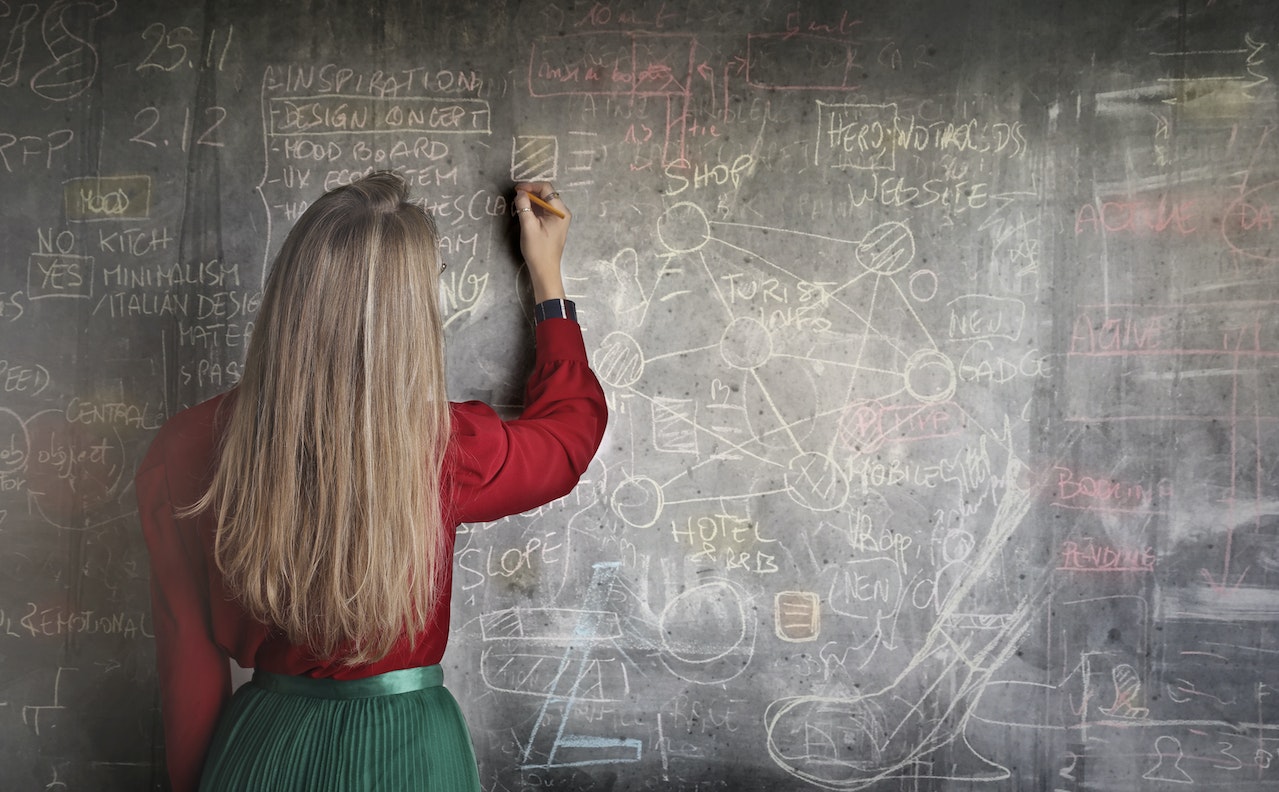
Unsupervised learning is a form of machine learning in which an algorithm discovers patterns in data without being given examples or labels that it knows in advance. In contrast to supervised learning, in which the model is trained to make predictions based on known examples, in unsupervised learning the model must independently find patterns and connections in the data.
In practice, unsupervised learning can be used, for example, to identify clusters or groups in a data set that have similarities. It can also be used to discover patterns in the data that indicate deviations or anomalies. In addition, unsupervised learning can also be used to reduce or compress data to simplify data processing and storage.
An example of unsupervised learning is clustering, which combines data into groups based on their similarity. Another example is dimensionality reduction, where the data set is transformed so that it can be represented in a lower dimensional space without losing important information.
Unsupervised learning is useful in many application areas, especially when it comes to identifying hidden patterns and relationships in large and complex data sets. However, it is also more difficult than Supervised Learning , as it is more difficult to validate and judge the results since there are no clear labels that can confirm the accuracy of the predictions.
In which areas is unsupervised learning used?
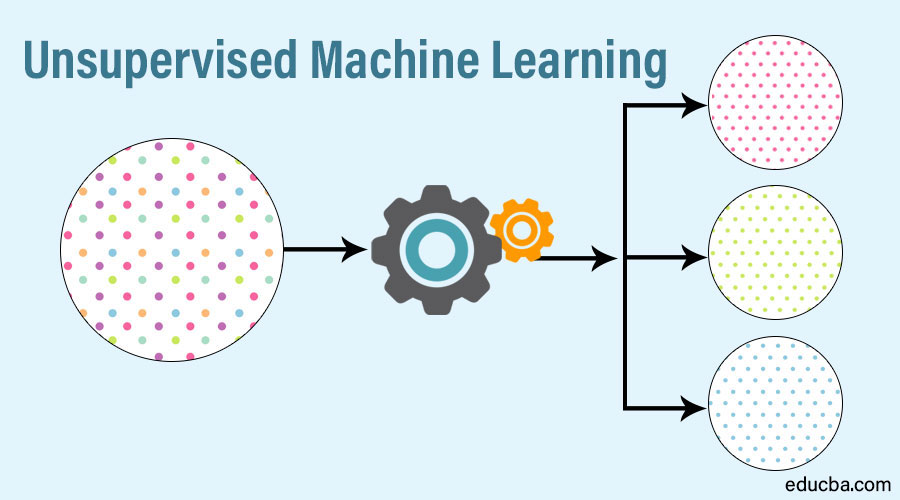
Those : educba.com
Unsupervised learning is used in many application areas where large, complex amounts of data must be processed in order to identify patterns and relationships. Some of the application areas of unsupervised learning are:
- Data segmentation and clustering: Clustering is a key use case of unsupervised learning that combines similar data points into groups or clusters. This can be used in various areas such as marketing, medicine, finance or pattern recognition.
- Anomaly detection: Unsupervised learning can also be used to detect deviations or anomalies in data that may indicate unusual or potentially harmful events. An example of this is detecting fraud in credit card transactions or detecting network attacks.
- Pattern recognition and generation: Unsupervised learning can help identify patterns in data that would otherwise be difficult to detect. An example of this is generating images or text based on existing data without requiring human interaction.
- Recommendation systems: Unsupervised learning can help identify similarities between users and products to generate personalized recommendations. An example of this are recommendation systems in e-commerce platforms or streaming services.
- Dimensionality reduction: Unsupervised learning can be used to reduce the dimensionality of data to simplify data processing and storage. An example of this is using PCA (Principal Component Analysis) to reduce the dimensionality of images or other high-dimensional data.
What is unsupervised learning not suitable for?

Those : enjoyalgorithms.com
Unsupervised learning is capable of discovering complex data patterns without the need for human supervision. However, it is not suitable for all machine learning tasks. Some of the limitations of unsupervised learning are:
- Labeling data: Because unsupervised learning does not use predetermined labels, it can be difficult to interpret or understand the patterns and groupings found. This is especially the case when the data is very complex or there are many factors affecting the patterns.
- Supervised learning: In some cases, supervised learning is more effective because it uses specific labels to train the model. For example, supervised learning can be more accurate when it comes to identifying a particular class of objects or making predictions about future events.
- Control of the output: With unsupervised learning, there is a risk that the model produces undesirable or non-intuitive results because it does not receive clear instructions due to a lack of labels. In some applications, such as medical diagnosis or security risk identification, this can be a serious problem.
- Computational effort: Unsupervised learning can be very computationally expensive, especially when large amounts of data need to be processed. Using parallelization techniques and powerful hardware resources can help reduce this overhead, but it may still be impractical in some cases.
- Scalability: Scaling unsupervised learning models can be difficult because it can be difficult to assess the relevance and quality of the results when the data sets become very large. Supervised learning can often scale better here because it is geared towards clear goals and objectives.
What are the best-known techniques used in unsupervised learning?
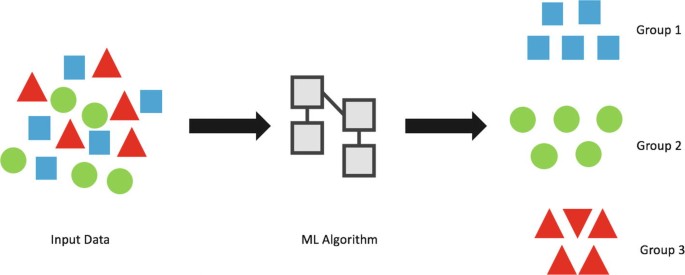
Those : link.springer.com
Unsupervised learning includes a variety of techniques and methods to discover patterns and structures in data without the need for human supervision. Some of the most well-known techniques are:
- Cluster analysis: This involves grouping data points into groups or clusters based on common characteristics and similarities.
- Dimension reduction: The goal is to reduce a large number of features to a smaller number of dimensions without losing information. There are various approaches for this, such as PCA (Principal Component Analysis) or t-SNE (t-Distributed Stochastic Neighbor Embedding).
- Association rules: This technique finds connections between attributes or events in data and is often used in market analysis or recommendation systems.
- Anomaly detection: This attempts to identify outliers or anomalies in data that deviate from the normal distribution.
- Generative models: Generative models attempt to model a probability distribution of the data, for example in order to be able to generate new data or interpolate missing data.
These techniques can be used in various application areas such as image processing, language processing, biomedicine and financial analysis.
What jobs exist for specialists in unsupervised learning?
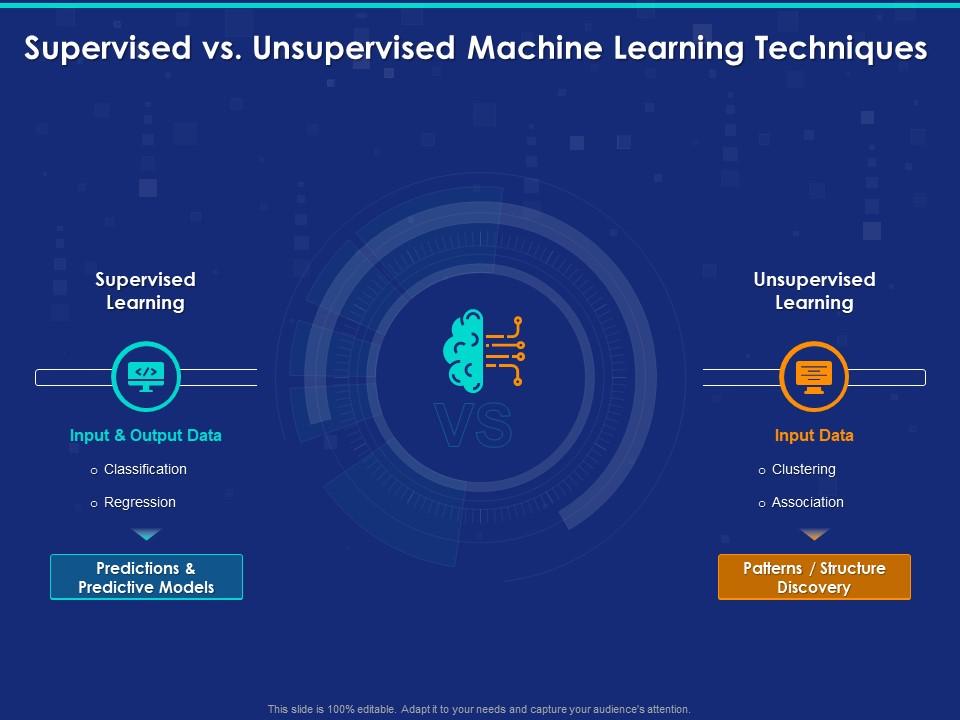
Those : slideteam.net
There are a variety of job opportunities for specialists in the field of unsupervised learning. Some examples are:
- Data Scientist : A Data Scientist works to analyze data sets to generate insights and predictions. Unsupervised learning is used to recognize patterns and structures in the data.
- Machine Learning Engineer: A machine learning engineer is responsible for developing and implementing machine learning algorithms and models. Both supervised and unsupervised learning can be used here.
- Business Intelligence Analyst: A business intelligence analyst uses data analysis tools and techniques to help companies make decisions. Unsupervised learning is used to discover connections in the data and make predictions.
- Data Mining Specialist: A data mining specialist specializes in extracting patterns and insights from large amounts of data. Unsupervised learning can be used to discover unknown patterns in the data.
- Research Scientist: A research scientist works to develop new machine learning methods and technologies. Unsupervised learning can play an important role in developing new techniques for pattern recognition and analysis.
This list is of course not exhaustive, as unsupervised learning is used in many areas of data analysis and therefore offers a variety of job opportunities.

